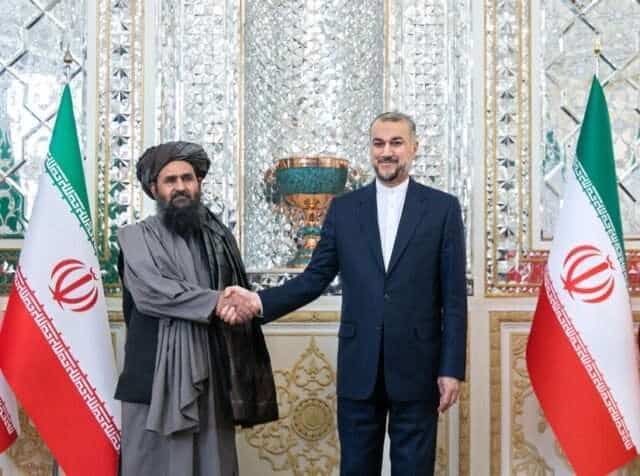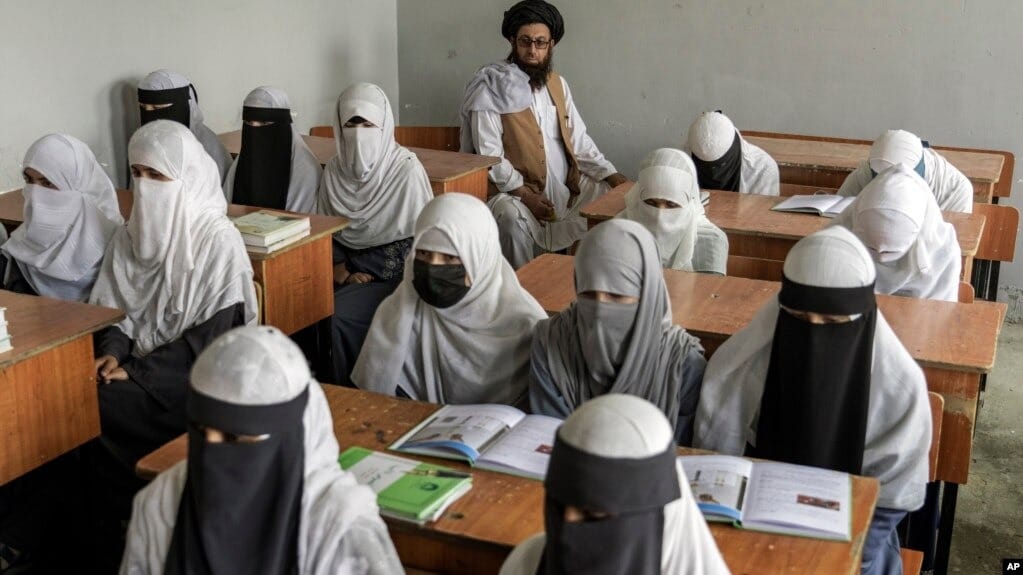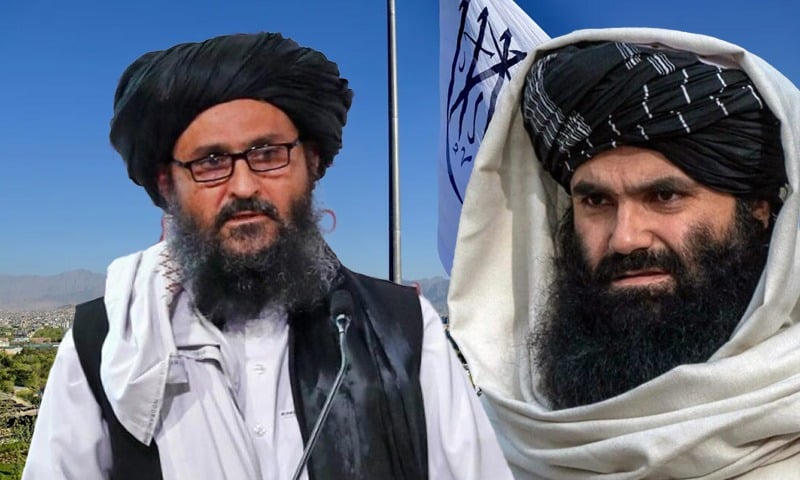In a startling development driven more by illusion than impact, Al-Qaeda in the Indian Subcontinent (AQIS) is attempting to reassert itself in Pakistan’s militant landscape. Long sidelined and weakened, AQIS is now employing strategic deception, propaganda campaigns, and fabricated alliances to project strength and relevance. Despite its connection to Osama bin Laden’s once-feared global jihadist network, AQIS has remained largely dormant in recent years, overshadowed by the operational growth and ideological dominance of Tehrik-i-Taliban Pakistan (TTP).
Facing internal fragmentation and an absence of military power, AQIS has adopted a rebranding strategy under the new banner “Inqilab-e-Islami” (Islamic Revolution). Under this label, it has begun to claim responsibility for attacks actually carried out by tribal groups such as Lashkar-e-Islam and Hafiz Gul Bahadur’s network. In return for financial support, these smaller factions allow AQIS to publicly take credit for their operations—giving the false impression of a reinvigorated militant front. Analysts describe this tactic as a carefully calculated smokescreen, aimed not at achieving military objectives but at sustaining visibility within jihadist circles.
To reinforce its manufactured image, AQIS has revived archived speeches and video messages from its slain ideologue Ustad Ahmad Farooq, also known as Salman Raja. These old recordings are being redistributed as part of a coordinated media campaign designed to restore the group’s ideological credibility. The purpose is to reassure disillusioned loyalists and suggest that AQIS remains the ideological epicenter of jihad in Pakistan—even though its actual influence has drastically diminished.
Experts argue that AQIS’s current maneuvers are more political than paramilitary. The group is emulating strategies often used by political parties, such as recycling outdated content, forming symbolic alliances, and engaging in aggressive media outreach to maintain relevance. In essence, it is attempting to compensate for its operational failure by dominating the narrative battlefield. This tactic has misled many, particularly younger or remote sympathizers, who might wrongly assume AQIS is still active and powerful.
Security officials warn that while AQIS poses little real threat on the ground today, its deceptive propaganda may still have dangerous effects. It can skew intelligence assessments, confuse counterterrorism efforts, and attract recruits under false pretenses. The illusion of resurgence created through borrowed attacks and media theatrics poses a challenge not in terms of violence—but in misinformation and ideological manipulation.
What is being presented as a revival is, in fact, the final maneuver of a collapsing organization. AQIS no longer functions as a militant power but as a brand struggling to survive on borrowed credibility and historical nostalgia. Its digital presence may persist, but on the battlefield, it is a ghost—shouting loudly in the dark to avoid being forgotten.





